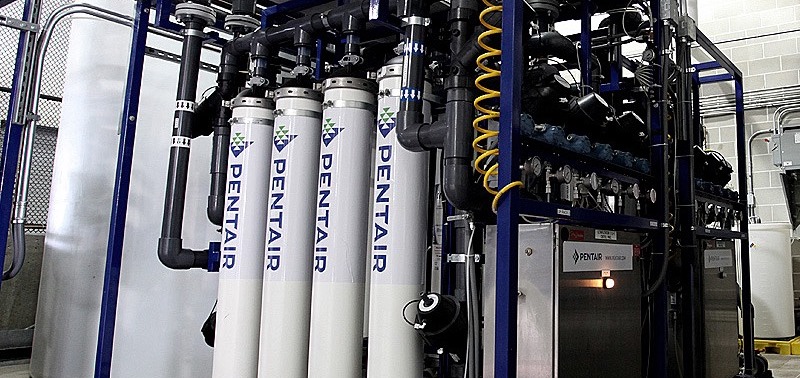Distributors whose businesses depend on electronic components know a thing or two about supply chain uncertainty. Some of the ongoing challenges include short product lifecycles — thanks to rapidly changing technology — and a wide and deep global supply chain, depending on multiple channel partners involved in the delivery of the product.
In recent years, skyrocketing demand has bumped up against scarcity of raw materials to produce a painful parts shortage. Lead times that had been a week suddenly stretched to 12 weeks or more. That, in turn, prompted some distributors’ customers to double- and triple-order, resulting in higher prices and even longer lead times.
For example, Arrow Electronics wrote about the shortage of capacitors going into 2019. Capacitors are increasingly used in devices such as smartphones and technology in electric vehicles. Arrow outlined some of the potential impacts of this shortage: an increase in the need to source substitutes, the fact someone in the supply chain has to “eat” the extra cost of the disruption’s effects and purchasing managers exhausting their resources to get proper parts on time.
This is just one example illustrating the impacts of operating in a highly volatile supply chain. The good news is that the parts scarcity in general has eased, and product is more reliably available now than at any time in the past year.
Act Now
Distributors should take advantage of a period of relative calm to strengthen their relationships with customers. Now is the time for end users to lock in prices and purchasing plans — made easier with technology that links your business with theirs.
In today’s market, it’s all about efficiency. And while the electronics supply chain is on one extreme when it comes to volatility, manual reordering is rarely in a customer’s best interest. A drop in inventory levels in an already tight market means a customer has to call the distributor, get a quote, potentially shop around for a better price (something you don’t want) and then place the order. An automated system not only reduces procurement costs, it also reduces cash in inventory and ensures the customer has the right part in stock at the right time, using a combination of email alerts and predetermined mins and maxes for automated replenishment.
When a customer can rely on you for consistent supply at a steady price, they have no reason to shop around. So, while technology can definitely benefit a distributor’s internal operations, nothing strengthens loyalty like making your customer’s life easier. That’s how distributors will remain relevant in today’s fast-changing world.
Things change on a dime. The time to act is now — strengthening those relationships can help get your customers through bumps in the supply chain in the long run, and assure you that customer won’t be looking for a new distributor the next time the going gets rough.
Ron Schroeder, eTurns’ vice president of supply chain solutions, has extensive experience as an architect and developer of technologies that make replenishment more efficient, particularly within the electronics supply chain. Before joining eTurns, Ron served as vice president of supply chain solutions at Future Electronics and TTI, electronic component distributors.
Related Posts
-
There are key responses distributors can take to address issues that arise from blindly following…
-
Pilla will be responsible for supply chain operations and performance and will report to John…
-
Caldwell Hart will be responsible for strategic procurement, operational purchasing and related services, reporting directly…



